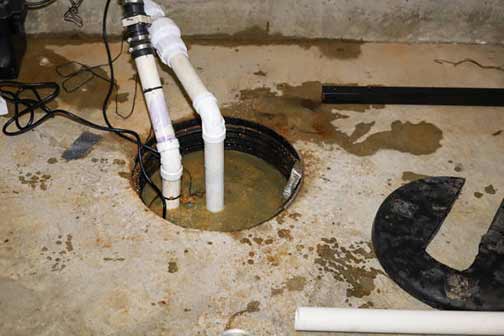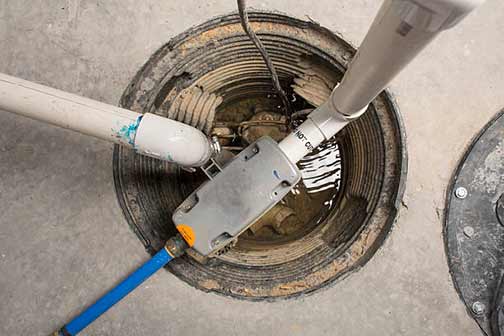
Every year in the USA, sump pumps save thousands of homeowners from billions of dollars’ worth of water damage from flooding in their homes. In areas with high water tables, heavy rainfall, or excessive snowmelt, a sump pump can be an absolute lifesaver, says Keyrenter St. Louis West company.
That is because sump pumps can directly remove water that enters the basement, whether it is due to a plumbing malfunction in the home or an act of nature. Furthermore, the pump will continue to move water from the basement for as long as the threat to the home exists.
The best thing about sump pumps is that they do all these without a homeowner’s direct involvement. Sump pumps operate autonomously; they do not need you to switch them on when there is a risk of flooding inside your home. They can power themselves on and off while you sleep.
But this ability to operate without supervision is also the biggest weakness of a sump pump. If a sump pump fails, it is easy to continue assuming that your home is protected from flooding when it really isn’t. This is a major cause of basement flooding in homes that are equipped with sump pumps.
Common causes of sump pump failure
There are lots of things that can go wrong with a sump pump to stop it from working properly:
- Float switch problems: The float switch activates and deactivates the sump pump by rising and falling with the water level inside the sump basin. If it is stuck, the sump pump will not work.
- Clogged discharge line: Pumped water passes through the discharge line to the discharge point on your property. If the line is frozen or blocked, the sump pump will not work effectively.
- Clogged intake: To work properly, the sump pump intake must be free of debris. If the intake is clogged with dirt, the motor will not be able to suck up the water inside the basement.
- Faulty check valve: The check valve prevents water from backing up into the sump pump after it has been pumped out. If it malfunctions, the sump pump will run without actually pumping water.
- Power failure: If the sump pump loses power, maybe due to a power outage during a storm, a circuit breaker trip, or it is accidentally unplugged, your home will not be protected from floods.
Except for power outages, these problems can be prevented by testing your sump pump regularly.

How to test your sump pump
To check if the sump pump is working and in good condition to handle anything nature throws at it, do these:
Lift the float
The pump should activate when the float is lifted to a certain level. To check if it will, grasp the float – a white or black plastic ball attached to the sump pump by a metal rod – and raise it slowly. Your sump pump should turn on.
Wait a few seconds before you lower the float. The pump should power off as soon as the float reaches the designated lower level. If your sump pump is switching on and off, you can proceed to the next step. If not, please contact a professional plumber.
Pour water into the sump basin
Fill a five-gallon bucket with water and empty it into the basin. Listen as the motor pumps the water out of the pit. Pay attention to strange sounds – sucking and grating noises. As the motor shuts off, listen for gurgling or knocking sounds.
Gurgling and knocking sounds are indications of check valve problems. You may also want to time the sump pump to see how long it takes to empty the pit. If it runs longer than usual, you may have a blocked discharge line or intake.
Clean the sump pump
Because they handle lots of dirty water, sump pumps are susceptible to blockages. That is why it is vital to keep your sump pump clean. Installing a cover on the sump pit will help to keep debris out of the basin. Cleaning the motor keeps debris from blocking the intake.
Debris can damage your sump pump if it jams the impeller. The sump pump impeller is the main component that gives the pump its ability to suck up water. If it is jammed, broken, or bent, your sump pump will run, but it will not pump water.
Did your sump pump pass the test?
Great, but don’t forget to inspect the sump pump periodically – at the start of each season, preferably. This is the best way to catch sump pump malfunctions before they cause a disaster in your home. Also, have your sump pump serviced annually by a professional.
If your sump pump failed the test, it is also good news. Better to discover a sump pump failure early than wait to find out during a thunderstorm when there is a flood inside your basement. Your next plan should be to find an experienced plumber to diagnose and fix the problem.

